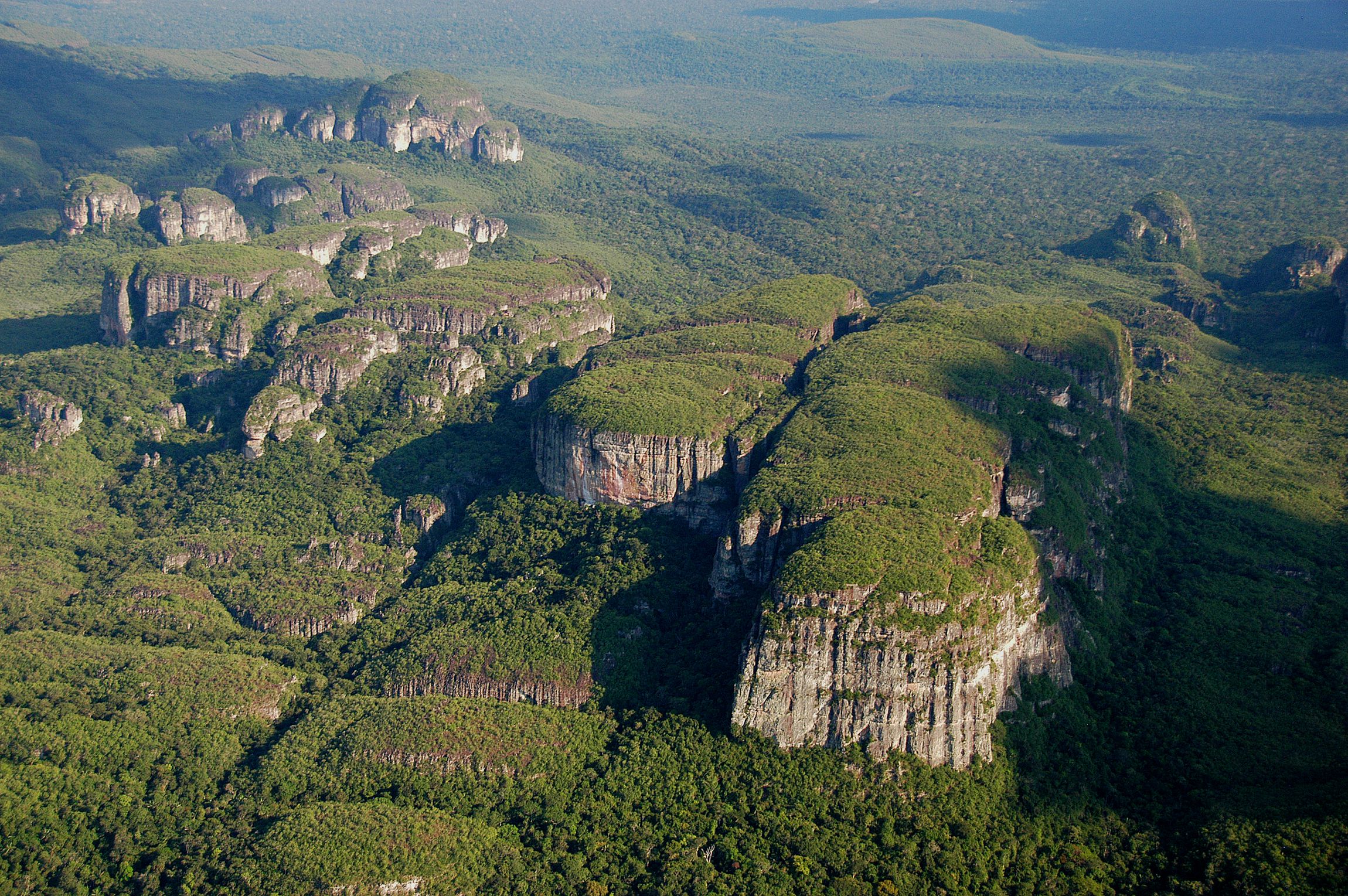The Amazon contains the largest and most diverse remaining forest on the planet. It provides essential ecosystem services that are critical not only for guaranteeing the social, environmental, and economic well-being of Amazonian people and communities, but for the rest of the world too. The Amazon regulates regional and global climate cycles, storing hundreds of billions of tons of carbon, and containing one-fifth of the world’s flowing freshwater. Ten percent of the planet’s known plant and animal species are found in the Amazon, demonstrating its extraordinary biodiversity. These ecosystem services require protection through measures related to environmental conservation, restoration, and sustainable management that safeguard the future of the region and its numerous benefits to the world.
The Amazon Sustainable Landscapes Program (ASL) is a regional initiative funded by the Global Environment Facility (GEF) with the objective to improve integrated landscape management and conservation of ecosystems in targeted areas in the Amazon region. This impact program works at the local, national, and regional levels and currently includes projects in seven countries: Bolivia, Brazil, Colombia, Ecuador, Guyana, Peru, and Suriname. National projects are led by the environmental authorities in each country and executed locally with support from public and civil society organizations. To achieve regional and national level goals, the ASL program prioritizes activities that enhance collaboration across stakeholders and sectors while sharing knowledge and information among beneficiaries and partners. As the ASL initiates a new phase that will bring together all eight countries across the region, the program has a unique opportunity to coalesce different actors toward its common goal.
As part of the broader objectives to promote collaboration, the ASL, under the World Bank’s leadership, aims to enhance effective donor coordination in the Amazon through multiple activities. One of those activities builds on efforts initiated by the Gordon and Betty Moore Foundation to track and analyze non-reimbursable funding for Amazon conservation. This study, which I am thrilled to introduce you to, extends the analysis of donor conservation funding to cover the entirety of the period from 2013 to 2022, providing an overview of financial resources distributed across the Amazon region towards conservation and sustainable development by year, country, funder, type of donor, type of grant recipient, and strategy. Together the last three studies have identified nearly US$5.81 billion that has been allocated in promoting the protection and sustainable management of this region since 2013.

Source: Alvaro Gaviria
While this number is significant, we know it is not enough to address the growing and inter-related crises of climate change and biodiversity loss in the region. Larger commitments and innovative financing mechanisms from the global donor community, public budgets, and the private sector are needed. This study aims to serve as a resource for donors, Amazonian national governments, private sector, and civil society to understand the current funding scenario for the region, continue critical conversations on how these allocations can be increased and leverage greater impacts, and navigate how donors can work together to strengthen and coordinate their efforts. On behalf of the World Bank, as lead agency for the ASL coordination project, we thank all the donors and their teams for providing these data and for their involvement in our ongoing efforts to enhance collaboration in the Amazon to improve our chances of securing a livable Amazon that benefits its people and the global community.
Genevieve Connors Practice Manager, Environment, Natural Resources, and the Blue Economy (ENB) Latin America and the Caribbean